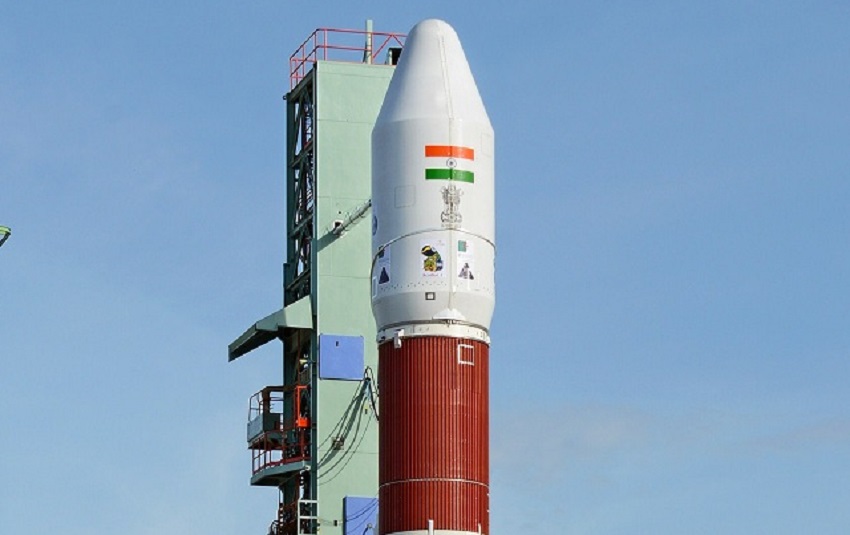
Agni-5 and the Global Club India Just Entered
When India test-fired its Agni-5 missile on August 20, 2025, it was more than another technical demonstration. With this successful trial, following the 2024 Mission Divyastra that validated Multiple Independently Targetable Re-entry Vehicles (MIRVs), India quietly stepped into one of the most exclusive strategic clubs in the world. Alongside the United States, Russia, and China, India can now claim the ability to launch a single missile carrying multiple warheads aimed at different targets. This is not simply an upgrade in firepower—it is a geopolitical signal of India’s new status as a top-tier nuclear power.
The significance of MIRV capability cannot be overstated. For decades, MIRVs have been the preserve of superpowers, serving as both a deterrent and a symbol of technological prestige. A MIRV-equipped missile like the Agni-5 means one launcher can deliver devastating blows across multiple enemy cities or military sites, or it can overwhelm missile defense systems through decoys and maneuverable warheads. India’s move into this field is a declaration of maturity: it is no longer limited to regional deterrence but is capable of continental-scale strategic action.
Membership in this global club is exclusive. The United States maintains its Minuteman III ICBMs and Trident II submarine-launched missiles, both MIRV capable. Russia continues to deploy the RS-24 Yars and the Bulava, symbols of its enduring nuclear strength. China, though newer, has fielded the DF-5B and DF-41, both MIRV capable, and is expanding its arsenal at speed. Until now, India stood outside this circle, with Pakistan, Israel, and North Korea still unable to field comparable systems. With Agni-5’s MIRV capacity, India’s strategic stature has changed irrevocably.
The implications are immediate. For China, the days of believing its interior cities enjoyed sanctuary from Indian missiles are over. Agni-5 ensures that Beijing and Shanghai are well within reach. For Pakistan, the strategic gap has widened into a chasm. While Islamabad has sought to develop the Ababeel MRBM with putative MIRV capability, it is still technologically far behind the sophistication India has demonstrated. For the United States and Russia, India can no longer be treated as a junior nuclear actor—it is a stakeholder whose capabilities will have to be factored into any future arms control or strategic stability dialogue.
Perhaps most importantly, Agni-5 punctures the illusion of missile defense. Whether it is Russia’s S-500, America’s THAAD and GMD, or China’s HQ-19, none can reliably intercept a missile re-entering at Mach 24 and releasing multiple independently guided warheads. The logic of deterrence, not defense, now defines India’s place at the table. Agni-5 guarantees that India’s second-strike capability is credible, aligning its doctrine with that of the other major nuclear powers.
This achievement also reverberates diplomatically. India’s new status complicates non-proliferation frameworks and strengthens its bargaining power in international strategic forums. It will unsettle Beijing, raise questions in Washington, and remind Moscow that India is no longer a passive partner. The global ripple effect will be subtle but real: any conversation about arms control in the twenty-first century will have to reckon with India.
Comparative Data Table: IRBMs/ICBMs with MIRV Capability
Country Missile Range (km) MIRV Capacity Deployment Type
India Agni-5 5,000+ 3–5 warheads Road-mobile, canister
China DF-41 12,000–15,000 Up to 10 Road/rail-mobile
China DF-5B 12,000 3–5 warheads Silo-based
Russia RS-24 Yars 11,000 3–6 warheads Road-mobile, silo
Russia Bulava SLBM 8,000+ 6–10 warheads Submarine-launched
US Minuteman III 13,000 3 warheads Silo-based
US Trident II D5 12,000+ 6–8 warheads Submarine-launched
Historical Timeline of Agni Program Milestones
1989: First test of Agni Technology Demonstrator.
2004: Agni-III tested with ~3,000 km range, covering most of China.
2012: First test of Agni-5, marking India’s entry into 5,000 km+ range.
2018: First canisterised launch of Agni-5, confirming road-mobile capability.
2024: Mission Divyastra validates MIRV deployment on Agni-5.
2025: User-trial confirms Agni-5 operational readiness under Strategic Forces Command.
Agni-5 is not just another missile in India’s arsenal. It is the marker of India’s arrival as a continental-scale nuclear power, one capable of shaping the global balance rather than merely reacting to it. The responsibility now is to use this new power not as a tool of escalation but as leverage for stability. In the rarefied club India has just entered, restraint will be as important as reach.


















